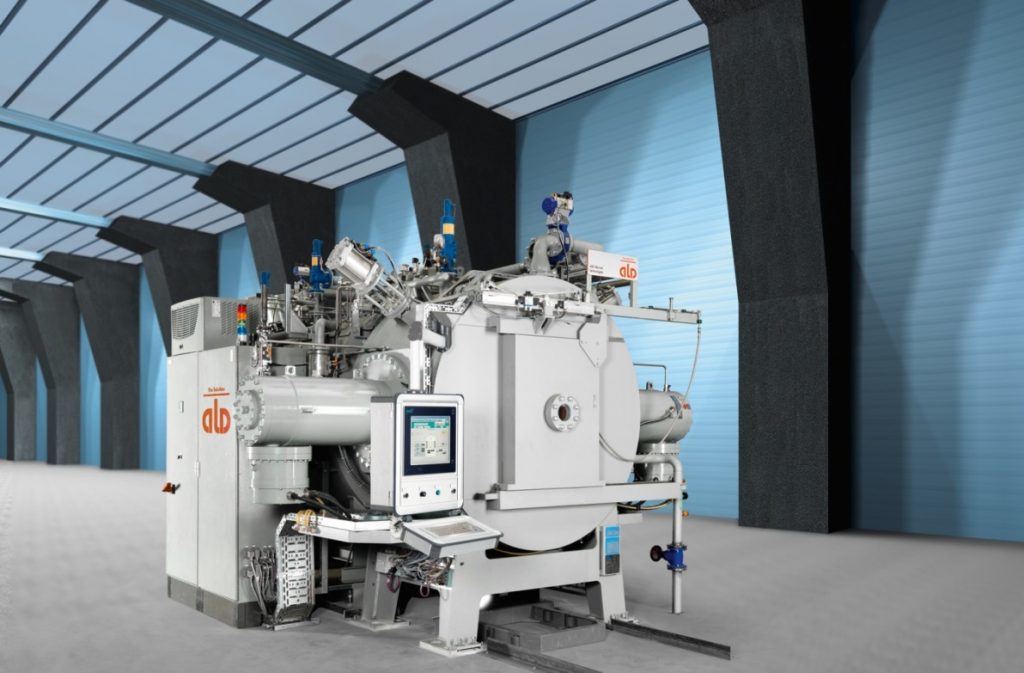DualTherm®
Dual Chamber Vacuum Furnace for Flexible Heat Treatment
The ALD DualTherm® furnace is the ideal multi-purpose vacuum chamber furnace for use in near-series production as well as in flexible production with alternating processes.

Technology with universal application possibilities
The dual chamber vacuum furnace type ALD DualTherm® offers high flexibility and is mainly used in the production of single parts and small batches in the automobile and aviation industry as well as in the in the tool industry.
Primary applications are:
- Hardening
- Annealing
- Casehardening
- Tempering
- Brazing
- Sintering
The ALD multi-chamber furnace type DualTherm® combines perfectly the vacuum furnace and cold quench chamber and is therefore the optimal solution to harden even low-alloyed steels successfully.
The ALD DualTherm® is available with the options:
- High pressure gas quench: The parts are hardened with an inert quench gas, for example nitrogen or helium, with up to 20 bar pressure and high flow velocity.
- Oil quench: Especially parts made from low alloyed steels or bulky parts may require oil quench. The ALD DualTherm® furnace in combination with an oil quench bath offers process variety and allows low pressure carburization with subsequent oil quench.
The vacuum dual chamber furnace ALD DualTherm® offers all the possibilities of a heat treatment plant to customize production to the requirements of the parts. Available processes are
- Neutral hardening up to 1,200 °C
- Low pressure carburization up to 1,050 °C
- Low pressure carbonitriding
- Annealing under partial pressure up to 1,250 °C
- Vacuum brazing
Advantages at a glance
Quality
- Quality documentation for each load
- High reproducibility of part quality
- Minimal parts distortion
- Optimal parts surfaces
- Less subsequent processing
Commercial efficiency
- Less hard machining due to minimal part distortion
- Time savings through short treatment times
- Low maintenance
- High energy efficiency
- Low thermal losses through due to optimized insulation
- High reliability
Environment
- No CO2 emission
- High energy efficiency due to low thermal losses
- Low noise emission
Contact
Rainer Slametschka
T: +49 6181 307 3180
E: rainer.slametschka@ald-vt.de
Cem Alp
T: +49 6181 307 3015
E: cem.alp@ald-vt.de
Harald Weber
T: +49 6181 307 3686
E: harald.weber2@ald-vt.det@ald-vt.de

